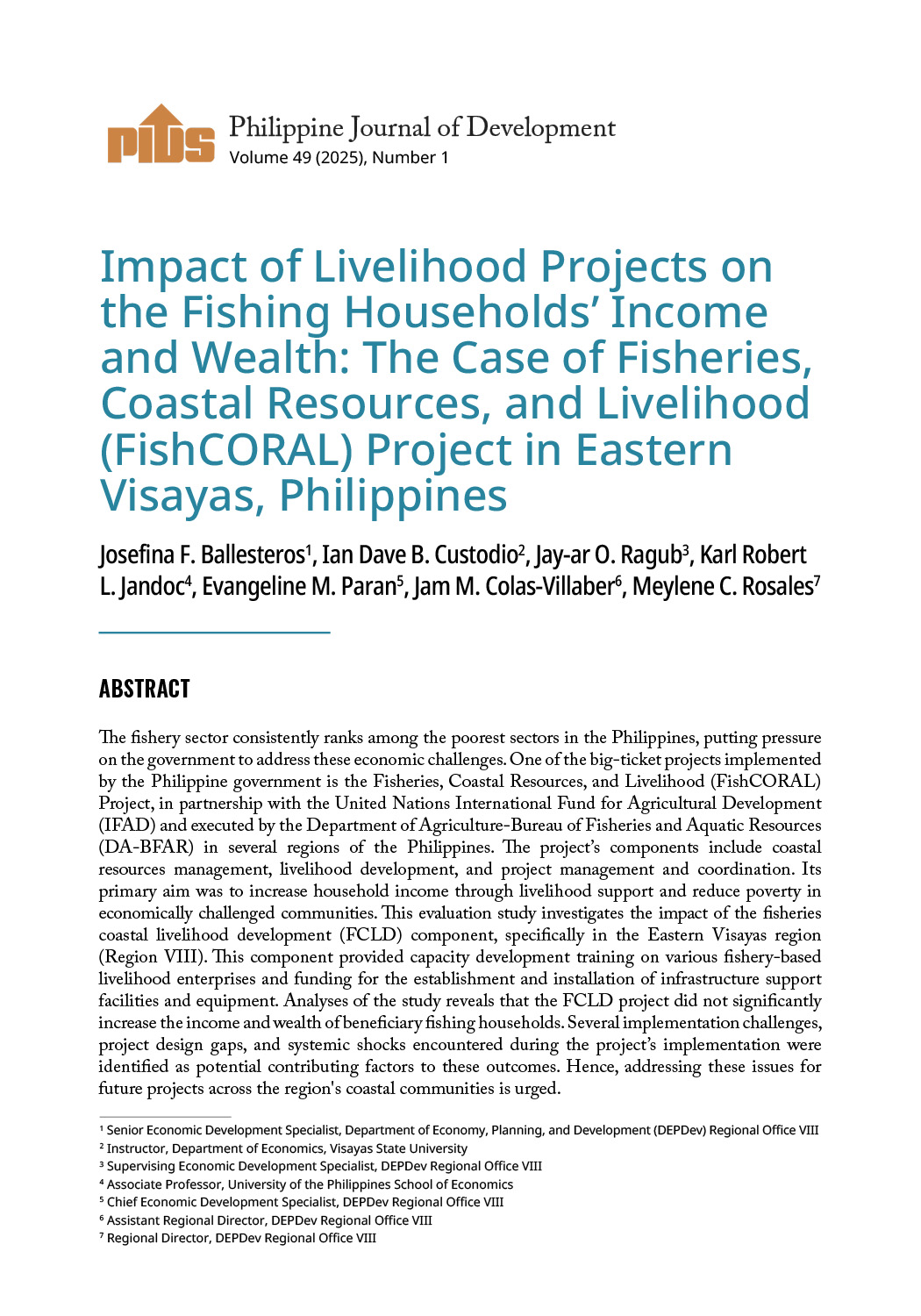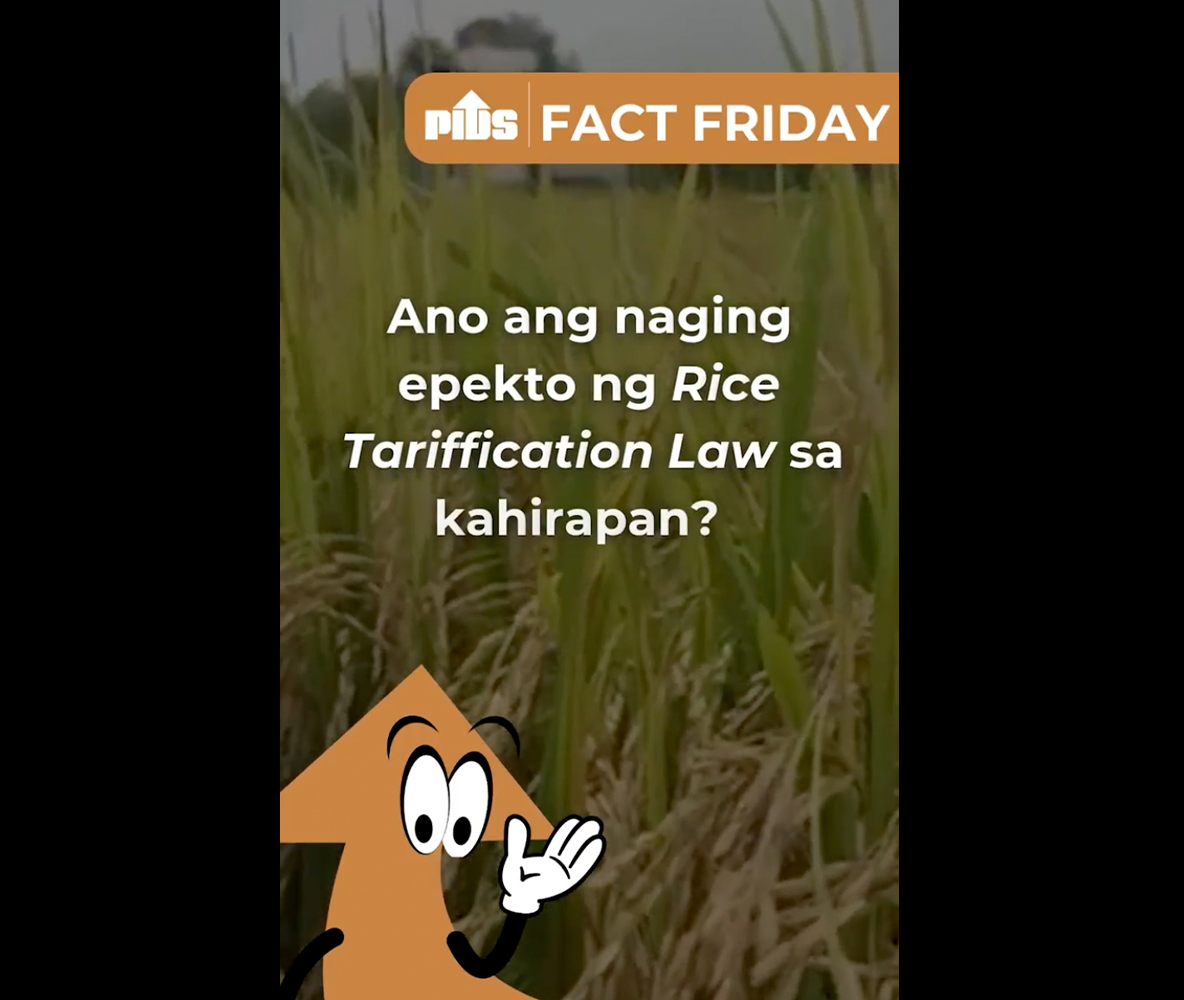IMPORTERS are cornering much of the value from the lowering of rice tariffs, with prices not falling as much as they should have, a farmers’ federation said.
“Right now, the benefit from the lower tariffs is being captured mostly by importers, wholesalers and retailers,” Federation of Free Farmers (FFF) National Manager Raul Q. Montemayor said via Viber. “So one could argue that putting the tariff back to 35% will not lead to higher prices but will only lessen traders’ profits.”
The lowered tariffs are subject to review every four months.
The government lowered rice import tariffs via executive order in June to 15% from 35% until 2028, touting it as an inflation-containment measure. The intention had been to pass on the tariff savings to consumers, thereby dampening growth in the Consumer Price Index, of which food makes up the largest component.
The arrival of rice shipments charged the lower tariff coincides with the softening of global rice markets, raising the prospect of even lower prices by the start of 2025.
“Rice prices could remain lower with… world rice prices hovering around 2.5-year lows,” Rizal Commercial Banking Corp. Chief Economist Michael L. Ricafort said via Viber.
Former Agriculture Secretary William D. Dar said rice prices could fall to between P45 and P50 per kilo “if the imports arrive on time.
Roehlano M. Briones, a senior research fellow with the Philippine Institute for Development Studies, said via Viber that he sees rice prices posting further declines until next year, citing the decline in world prices.”
Executive Order No. 62 took effect on July 5, The first four-month review has yet to be scheduled.
In a report, Fitch Solutions’ unit BMI said international rice prices are expected to decline in 2025 due to the easing of India’s ban on white rice exports.
In September India’s Directorate of Foreign Trade announced the lifting of the export ban on non-basmati white rice, citing ample inventory levels.
Last month, the Indian government also removed the minimum export price, which had been set at $490 per metric ton (MT).
BMI forecast global rice prices next year to decline to $14.2 per hundredweight (cwt) on average. Its previous forecast had been $14.85 per cwt.
The Department of Agriculture (DA) said that global rice prices have dropped to below $500 per MT from the $630 per MT reported in January.
The DA said that rice prices will remain stable with retailers expected to cut prices to P42 per kilogram.
According to its price monitors, well-milled rice in Metro Manila markets as of Nov. 15 fetched P42 to P53 per kilo, against P45 to P54 a year earlier.
Regular-milled sold for between P40 and P50 per kilo, against the P33-P50 per kilo price range registered a year prior.
“Well-milled rice around P42 per kilo will provide a happy balance between our goal of ensuring our farmers get a decent return for their hard work and consumers have access to affordably priced food, especially rice,” Agriculture Secretary Francisco P. Tiu Laurel, Jr. said in a statement on Monday.
Last week, the DA said that Metro Manila retailers committed to limit their profits on regular and well milled rice to between P3 and P5 per kilo.
Agriculture Assistant Secretary and Spokesperson Arnel V. de Mesa said in a briefing that imports are expected to make up for the anticipated drop in domestic rice production.
“Malaking bagay ’yung pagbaba ng taripa at ’yung patuloy ng pagbaba ng presyo sa international market (The drop in tariffs and the continued drop in prices in the international market are a big deal),” Mr. De Mesa added.
“(Lower prices will) likely be sustained especially if the price continues to decrease in the international market,” he said.
The DA is projecting palay (unmilled rice) production to decline to 19.41 million metric tons (MMT), down 3.24% from a year earlier, due to losses caused by El Niño-induced dry conditions and the typhoons that hit the country towards the end of the year.
“The projected supply gap will have to be addressed by imports,” he added.
The Philippines is projected to import 5.1 MMT next year, according to the US Department of Agriculture.
According to the Bureau of Plant Industry, rice imports amounted to 3.9 MMT as of Nov. 7.












